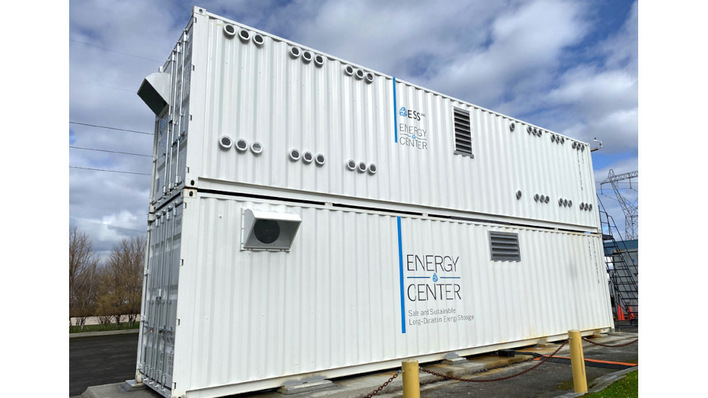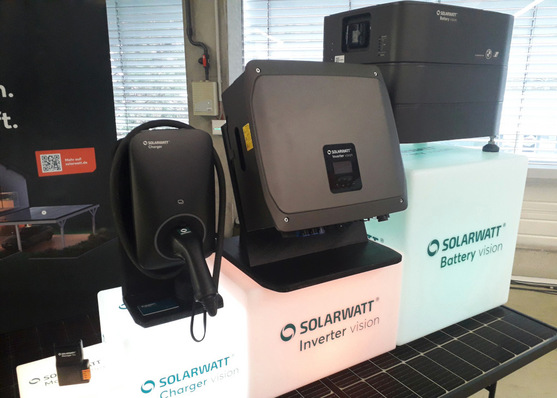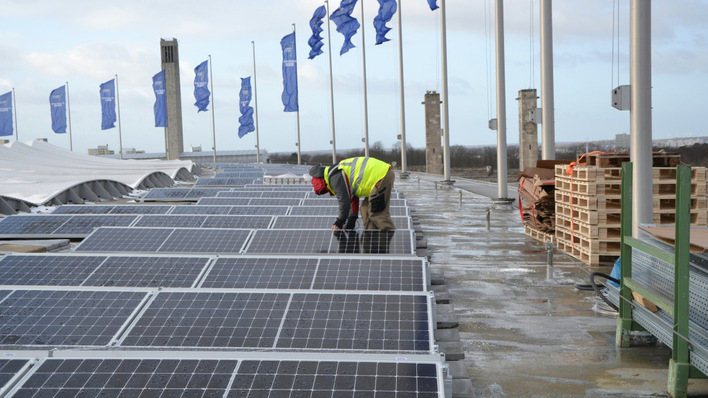The conditions were conceivably good. For the new building in the Berlin district of Lichtenberg was prepared from the outset for the construction of a solar plant. The housing company Gewobag was thus able to avoid the costs of retrofitting the building so that it could bear the additional weight of the photovoltaic system.
"For us, this is the first system we have integrated into a new building where practically all the important things, from the house connection technology to the roof configuration, have already been planned by the building owner," says Kerstin Busch, Managing Director of Berliner Stadtwerke.
Tenant electricity also for existing buildings
Admittedly, such an approach brings faster speed and lower costs. However, Busch is sure that in view of the almost two million existing flats, the normal case for tenant electricity projects will remain an exception rather than the rule.
See also: Berlin building project showcases low-cost climate-positive living
"With the tenant electricity systems on the roofs of the new building on Rhinstraße in Lichtenberg, the tenants have an opportunity to participate directly in the energy transition," adds Karsten Mitzinger, managing director of Gewobag ED Energie- und Dienstleistungsgesellschaft. "They can consciously opt for photovoltaic electricity directly from the roof and thus not only protect their wallets, but also the environment."
Enabling electricity sales in the neighbourhood
Still, there were some hurdles in the way. After all, there is still plenty of roof space available to install more solar power capacity. But the project partners criticise the still restrictive regulations on electricity sales in the neighbourhood. This would have made it possible to supply the neighbouring buildings with electricity at the same time.
But it would not have been possible under the same conditions in the new building. In addition, there are the increased costs of materials and craftsmanship, which come up against a declining tenant electricity surcharge.
High costs and little support
This continues to hamper tenant electricity, even if it has become somewhat easier now that the EEG surcharge has been abolished. But this continues to be offset by comparatively high costs, for example for the retrofitting of existing buildings, the extensive measurement technology that is still necessary, complex billing and sales risks.
Also interesting: PV finances dairy farm's asbestos roof renovation
But Berlin could also do more for the implementation of such projects through simplified permits for photovoltaic systems on high-rise buildings, emphasise the developers at the Berlin municipal utilities. (su/mfo)







